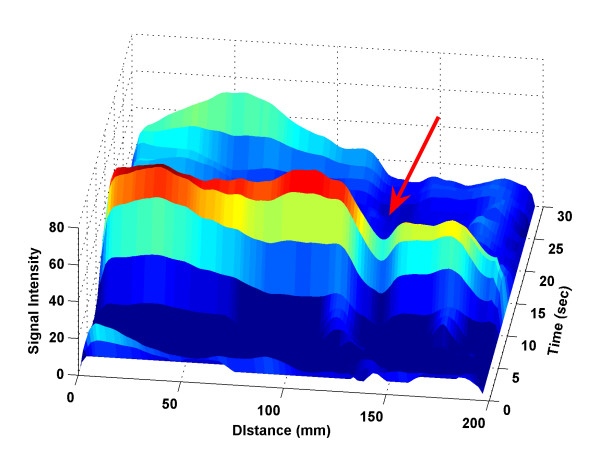Adaptiiv Medical Technologies Inc. (formerly 3D Bolus Inc.) is a 3D technology platform for radiation oncology. The Nova Scotia-based company has brought several updates to its 3D printing medical software.
Based on client feedback, the software specialist has improved the Hot Spot Correction to enable reduction of hotspots (contoured in the TPS) by a user-selected amount. With the cleaning feature, users might easily cleave a bolus or applicator into two parts, at any angle.

Furthermore, it should be noted that it is not always easy to insert a catheter into the patient’s body and ensure its trajectory. Adaptiiv has enhanced the HDR Surface Brachytherapy to facilitate the way catheter trajectories are generated. In addition, the module now notifies Users of curvatures that may be of concern and provides the ability to fix these potential problem areas. Lastly, thanks to the In Vivo Dosimetry, it is possible to automatically create and print dosimeter pockets directly within the Bolus/Applicator. Appropriate caps which will fill the pockets when dosimeters are not in use, are also printed.
“This is an exciting time for our organization,” said Adaptiiv CTO, Alex Dunphy. “Adaptiiv is the first company in the world to receive FDA 510k clearance for 3D printing software used in radiation oncology. Version 2.0 of the 3D Bolus Software was built by gathering and analyzing feedback from our customers in order to develop a product that meets day-to-day clinical needs. 3D Bolus 2.0 enables our customers to improve the standard of care they provide to the patients, through the 3D printing of patient-specific accessories.”
For further information about 3D Printing, follow us on our social networks and subscribe to our newsletter! Featured image via ResearchGate
Would you like to be featured in the next issue of our digital magazine? Send us an email at contact@3dadept.com
//pagead2.googlesyndication.com/pagead/js/adsbygoogle.js
(adsbygoogle = window.adsbygoogle || []).push({});





